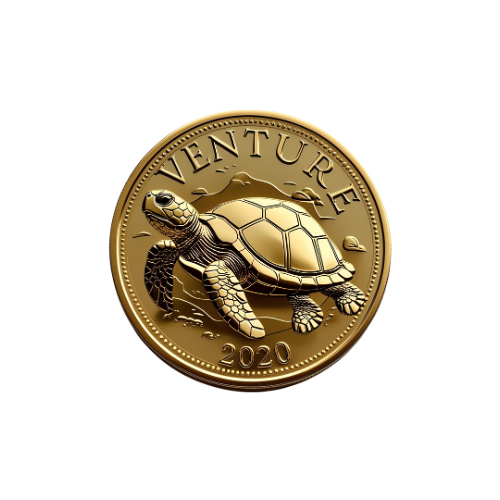Smart Staffing: Your Guide to Hiring for Small Business
Hiring for a small business can feel like a daunting task, but it's crucial for finding individuals who truly align with your vision, integrate seamlessly into your company culture, and possess the essential skills and experience. Here's a streamlined approach to help you navigate the hiring process effectively:
Clearly Define Your Needs
Before you even begin the search, it's vital to have a clear understanding of what you're looking for. This includes:
Role and Responsibilities: What will this person do on a day-to-day basis?
Required Qualifications and Skills: What specific experience, education, or abilities are non-negotiable?
Budget and Compensation: How much can you realistically afford to pay, including salary and potential benefits?
Strategically Advertise Your Opening
Once your needs are defined, it's time to get the word out. Consider a variety of channels to reach the best candidates:
Online Job Boards: Platforms like Indeed, LinkedIn, and Glassdoor are popular choices for reaching a wide audience.
Social Media: Leverage platforms like LinkedIn or even local community groups on Facebook to target specific demographics or connect with local talent.
Referrals: Encourage current employees to recommend qualified individuals—they often know people who would be a great cultural fit.
Local Resources: Don't overlook local newspapers, community college career centers, or even chambers of commerce, especially for positions that benefit from local connections.
Ensure your job advertisement is clear, concise, and compelling. Highlight what makes your business a great place to work!
Efficiently Screen and Interview Candidates
As applications come in, you'll need a system to narrow down your choices.
Initial Screening: This can involve reviewing resumes and cover letters, or even a brief phone call to assess basic qualifications and fit.
Interviews: Whether through phone calls, video conferences, or in-person meetings, prepare a set of questions designed to evaluate their skills, problem-solving abilities, and how well their personality aligns with your team. Behavioral questions (e.g., "Tell me about a time you had to...") can be particularly insightful.
Extend a Thoughtful Offer
When you've identified your ideal candidate, it's time to make a formal offer. This should clearly detail:
Salary: The agreed-upon compensation.
Benefits: Any health insurance, paid time off, retirement plans, or other benefits.
Working Hours and Conditions: Expected schedule and any specific terms of employment.
It's also good practice to check references and conduct a background check before finalizing the offer, which can provide valuable insights and ensure due diligence.
Welcome and Integrate Your New Hire
The hiring process doesn't end with the signed offer. A smooth onboarding experience is crucial for long-term success.
Orientation: Help your new employee understand your company's mission, values, and policies.
Training: Provide the necessary resources and guidance for them to excel in their role. This might involve shadowing, online modules, or hands-on practice.
Feedback: Regularly check in with your new hire, offering constructive feedback and support to help them integrate, perform well, and grow with your business.
Resources for hiring, training, and managing new staff:
SHRM - The Voice of All Things Work
The Society for Human Resource Management
What Is Human Resources? The Ultimate Guide – Forbes Advisor
Human Resources (HR) Meaning and Responsibilities (investopedia.com)
